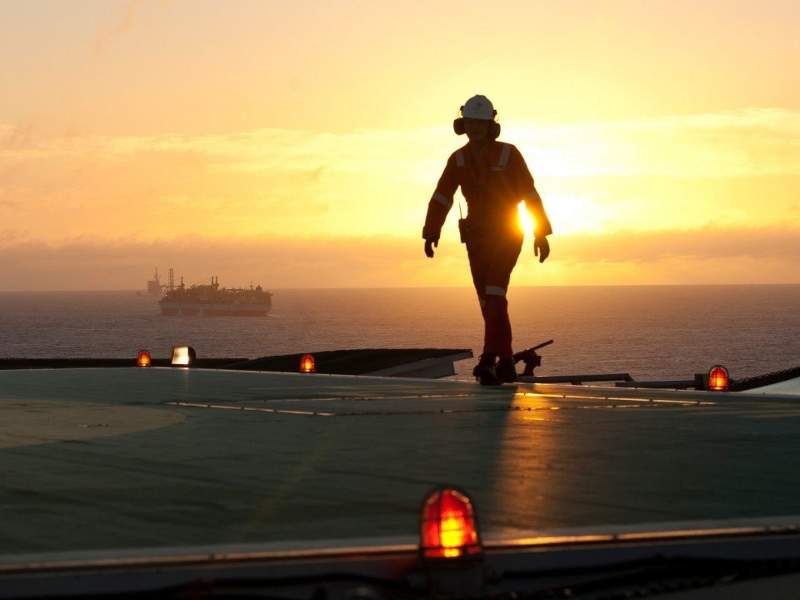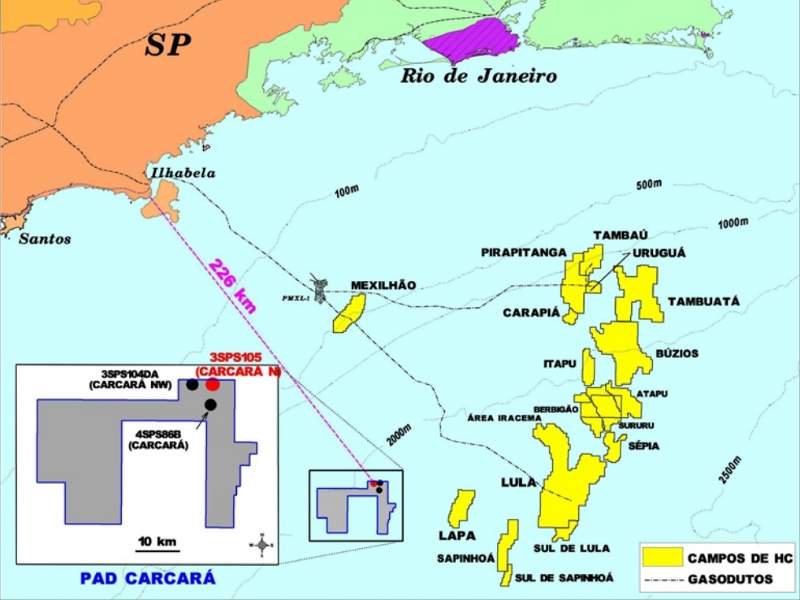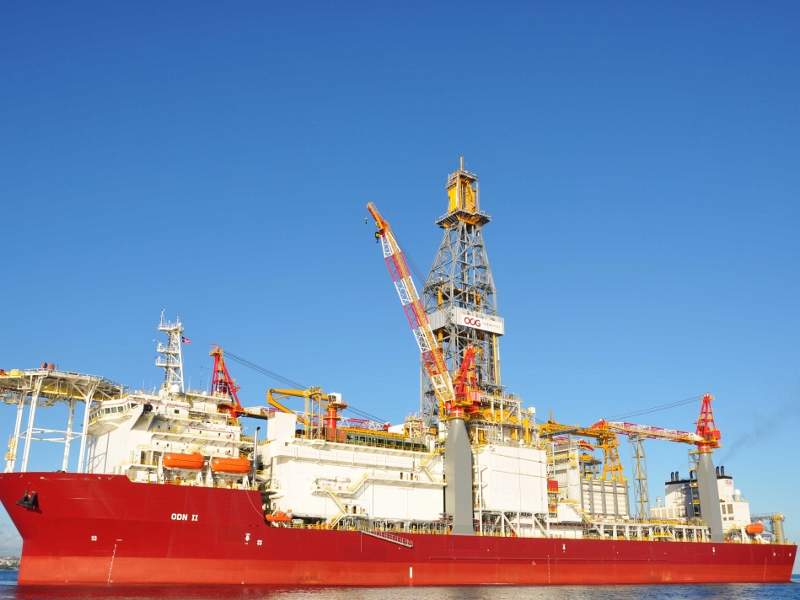
The Carcara discovery is located in the ultra-deep waters of the BM-S-8 offshore licence, within the pre-salt layers of Brazil’s Santos Basin. The discovery is one of the biggest in the world, and lies in water depths of 2,027m.
The field was originally discovered by Petrobras in 2012, but is now operated by Statoil as a result of Petrobras selling its stake in the BM-S-8 licence last July.
Statoil currently owns 66% of the licence, with the rest shared between partners Petrogal Brasil (14%), Queiroz Galvão Exploração e Produção (10%) and Barra Energia do Brasil Petróleo e Gás (10%).
Exploration and appraisal of the field were in advanced stages before Statoil acquired the rights, and the company plans to continue exploration through 2018.
Discovery and location of the Brazilian oil field
Exploration carried out in the BM-S-8 license led to the discovery of Bem-Te-Vi field in 2008.
An evaluation plan was developed following the discovery to further explore the block, and was approved by the National Oil, Natural Gas and Biofuels Agency of Brazil (ANP).
The development consortium commenced drilling operations in 2011, which led to the discovery of Carcara in March 2012 with the drilling of the 4-SPS-86B discovery well.
The discovery is located on the same geological trend as the Lula field, in close proximity to the Libra field area.
Carcara oil field geology and reserves
Drilling of the 4-SPS-86B well continued until August 2012 in order to determine the total thickness of the reservoir and explore the presence of deeper pay zones. These activities confirmed Carcara as a single oil accumulation with a column of oil more than 400m in length trapped in continuous and connected reservoirs.
Samples collected revealed that the reservoir had high-porosity and permeability characteristics.
The oil contained is of good quality, with an API of 31° and free from contaminants such as carbon dioxide and hydrogen sulphide.
The Carcara field forms a significant portion of the BM-S-8 license, which is estimated to contain recoverable reserves in the range of 700 million to 1.3 billion barrels of oil equivalent.
Exploration and appraisal at Carcara
Petrobras continued the appraisal of the Carcara discovery with the drilling of two wells namely Carcara North (3-SPS-105) and Carcara Northwest well (3-SPS-104DA) in 2015.
Carcara North was drilled 4.6km north of the discovery well in May 2015. It was drilled to a depth of 6,178m and encountered a 352m column of oil in continued and connected reservoirs.
The third well, Carcara Northwest, was drilled in September 2012 approximately 5.5km away from the discovery well, and encountered a significant oil column of 318m at a depth of 5,870m. It also confirmed the westward extension of the discovery well.
Both the wells were drilled using the ODN II rig.
Two formation tests were conducted on the Carcara North well in December 2015, which confirmed the high productivity levels of the Carcara pre-salt reservoir.
Field development of Carcara discovery
The evaluation plan for the BM-S-8 licence that was approved by the ANP is due to expire in 2018. The plan included the drilling of one more exploration well by Petrobras, with first oil planned to be achieved by 2018.
Commerciality of the Carcara discovery is planned to be declared by 2018, following the assumption of operatorship by Statoil. Development of the field is expected to begin in the early-2020s after production from Statoil’s older oil fields in Norway begin to decline.
Another reason for the delay in the development of Carcara is its location; given it is not located near to any of the existing fields operated by Statoil, the company sees no synergistic opportunities from the field’s immediate development.






